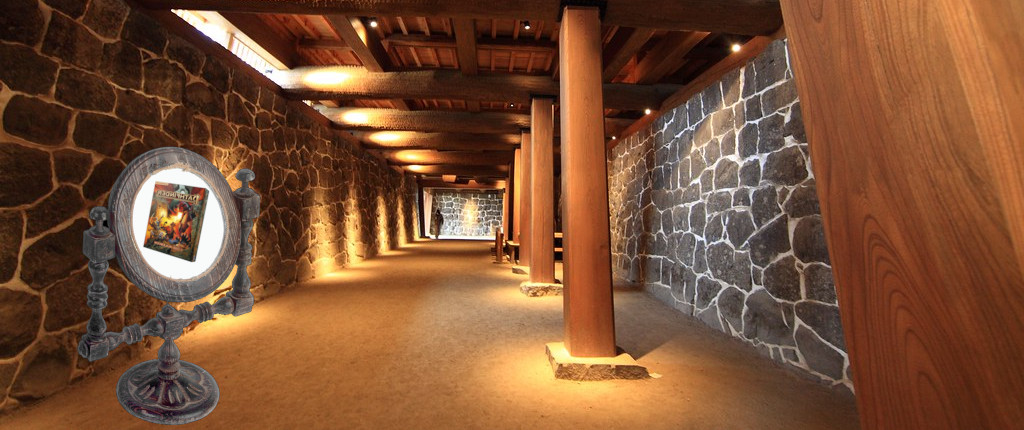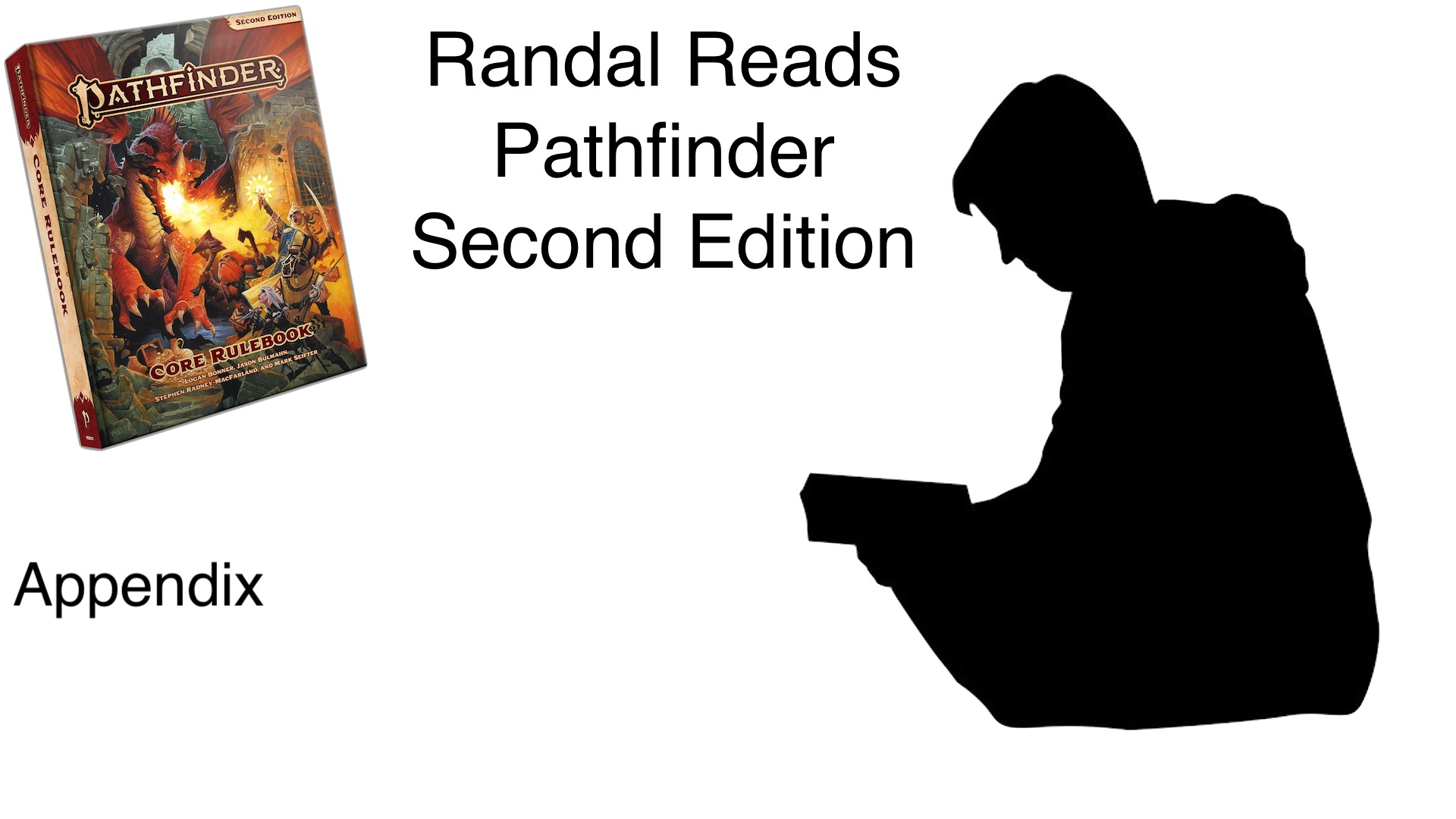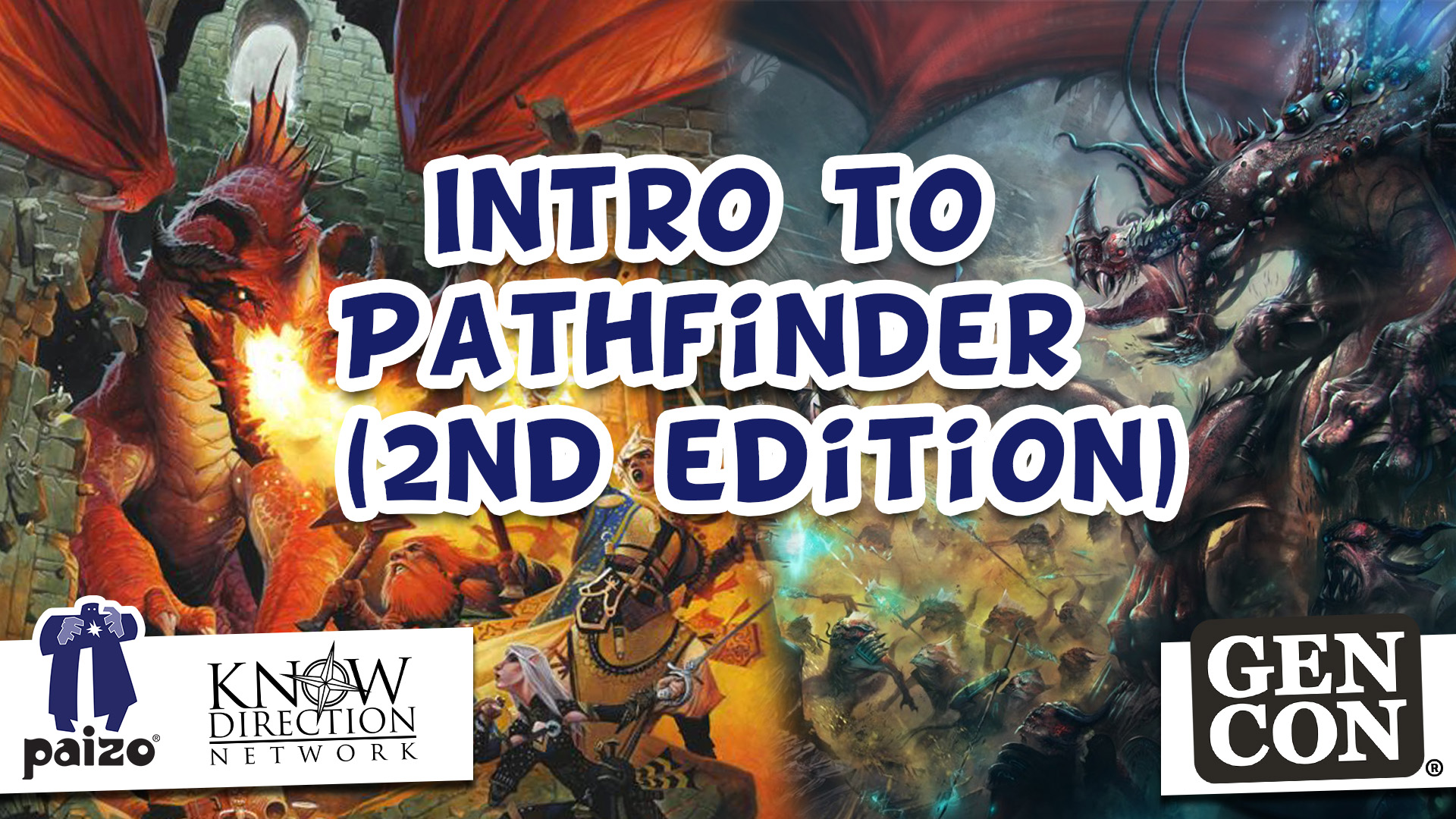As I mentioned in our 2e Core Rulebook review, I didn’t feel like I could properly evaluate the new edition of Pathfinder until I GMed a homebrew session. Having done that (available for your listening pleasure) I was more confident in my assessment of the system. Here are some thoughts on my experience GMing 2e that I didn’t get into in the review.
In Behind The Screens, Ryan Costello offers advice, ideas, and insight for the Pathfinder GM. He deconstructs popular GMing advice to account for different styles and motivations of Game Masters and players. Afterall, everyone games in different ways for different reasons.
Setting DCs
To get this out of the way: One area I screwed up early on that affected the session was setting the DCs of skills. Page 503 of the Core Rulebook has a chart summarizing Simple DCs. I like this chart a lot. It sets the difficulty of a task by the training required to accomplish it, which I think is the right direction. When setting a DC, ask yourself how proficient someone has to be to reliably (greater than 50% of the time) succeed. For example, if it’s an Acrobatics check, should everyone be able to do it (ie untrained, ex: balancing on a curb), only someone who is actively athletic (ie trained, ex: balancing on a balance beam), someone dedicated to the area (ie experts, ex: running across a balance beam), only the top practitioners in the field at the time (ie masters, ex: cartwheels across a balance beam), or only the top practitioners in the field of all time (ie legends, ex: an elaborate dance routine across a balance beam).
It’s important to note that these aren’t prerequisites skill proficiencies, just touchstones indicating expected competency level. It’s one of the best examples of clear guidelines that allow for incredible flexibility. There are some “GM discretion” rules in 1e where not enough information is provided for even experienced GMs to make informed decisions. And notoriously, there are other areas in 1e that go into meticulous detail about what should factor into a DC, arming argumentative players with ammunition to debate whether their character should have succeeded at an attempt.
There are rules for setting level-based DCs as well, but these are when whatever is setting the DC has a level (such as an NPC or hazard). Otherwise, simple DCs are the way to go. As per the Simple DCs rules:
“Simple DCs work well when you need a DC on the fly and there’s no level associated with the task. They’re most useful for skill checks.”
2e’s rules for setting DCs are simple, flexible, and consistent. They are the best example of how a system can empower and support us, GMs. So how did I screw it up?
Two factors contributed to my mistake:
- Out with the Old: 2e DCs are fairly similar to 1e DCs. DC 10 is average difficulty that anyone can accomplish, DC 20 is something that can only be accomplished with training and affinity. So when the PCs were hitting high the teens with their rolls, I should have realized that this was an accomplishment, and that the DCs I’d set in my head were too high. However, I did my best to wipe the old system out of my mind while GMing this session so I had as pure a 2e GMing experience as I could. Unfortunately…
- Not Yet In with the New: I wasn’t used to 2e yet, despite the logic of the 2e setting DCs rules. The chart jumps from 5 interval increases to 10. Now, where it jumps makes sense: the gap between being untrained to trained, and trained to an expert is not as big as the gap between being an expert and being an expert to being a master, or being a master to being a legend. However, despite the logic how the DCs increase, I winged it wrong. I started with the first DC I set (A DC 30 Nature check to single out that Smatl is not like the other Yaks), which was intentionally above what the party should reasonably be able to accomplish, and then started to decrease the DC by 5.
I’m calling this a combination of a very me issue and an issue with GMing a new system, not an issue with the system itself. I made a mistake, saw that it was on me, and adjusted. Contrast this with the playtest, where while GMing I made mistakes, saw how the system actually worked and felt the playtest version of the rules (in this case, exploration) were the problem.
Exploration
Speaking of exploration, no area of 2e is as large an improvement over the playtest version as Exploration mode. I liked the idea of taking what amounts to the majority of the time in my game and codifying it a little. Adding a bit more structure gives us a language to use to change the pace of our sessions, and it gives the rules areas to add options. However, the playtest version of exploration mode was deceptively and needlessly complex, turning what’s normally the most casual part of play into another crunchy section, meaning there is no reprieve from the rules. Instead of approaching the scenes between combats from their characters point of view, they approached it from what the rules allowed them to do. I can’t minimize how much this took away from the game still feeling like Pathfinder.
2e’s exploration mode is not that. It ran as smoothly as the nameless 1e equivalent of this section of the rules, with the bonus that I had rules to change the tempo and use as tools. It is now what the packaging said it was supposed to be in the playtest.
The only real downside is that Initiative still doesn’t feel as flexible as I want it to be. The promise of removing Initiative as an ability was that what the PCs did in exploration mode dictated what would be used for Initiative. But it’s Perception or Stealth 90% of the time. And the 10% of the time that another option presents itself, because of how rigid skill proficiency is when compared to skill points, there’s a good chance the bonuses of any two non-Perception skill will be the same. Also, initiative is one of the few areas where I didn’t feel supported as a GM. When it came to my initiative, I felt like my options were to put thought into what my creatures and NPCs were doing -potentially asking the players to wait at a time they are ready to rush forward into Encounter mode- or just go with Perception or Stealth.
I hope experience with 2e experience shows me ways to add variety to Initiative and I develop an instinct for it, but right now I feel like it takes longer than 1e without adding anything.
Prepping 2e
I’m known for not prepping for my sessions, which is true except if I am running for a session with a new subsystem or other mechanical need. For everything else, I either know the system well enough to run or I know how to find the information quickly.
In this case, I prepped enough to feel comfortable with the mechanical needs of the session, mostly making sure my encounters followed the new rules.
Understanding the XP budget rules on page 489 took a few reads, but actually designing an encounter using these rules made me comfortable with them fast. In fact, it was a lot of fun flipping through the Bestiary for options to round out the more convoluted of my encounters.
Ease of Running
Having only read the Core Rulebook once and only the pages of the Bestiary that were relevant to this session, I was thrilled by how smoothly the session ran. When I needed to look something up, the rule was where I expected it to be, which again is a huge improvement over the playtest. There are no long pauses edited out of the audio of the session we ran, I was able to navigate my page of notes (below), two rulebooks, and the technical requirements of the online session as easily as I ran a homebrew 1e session.
A standout moment for me was when I was deciding what my pixie NPC would do, saw one of their spell-like abilities, and correctly predicted/remembered how many actions that spell took. My 2e GMing instinct was born, and I could see myself running this system for years to come.









